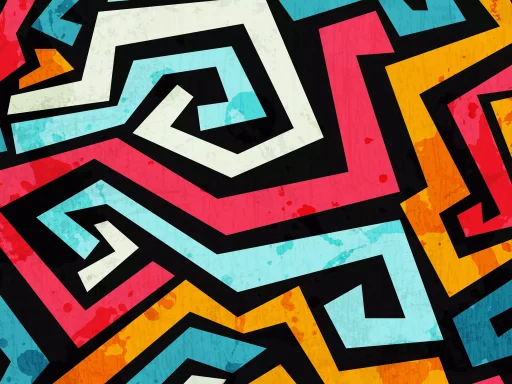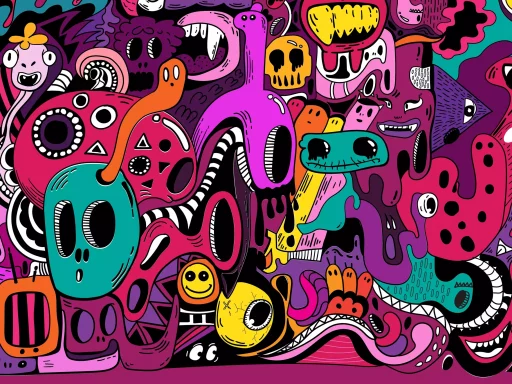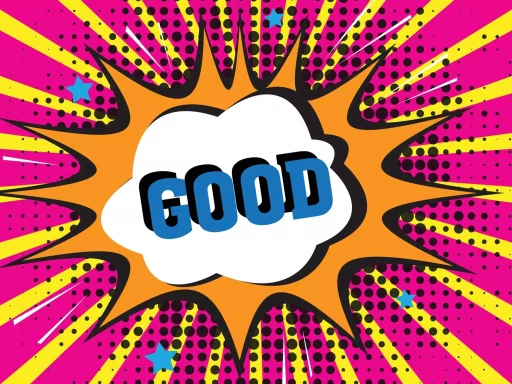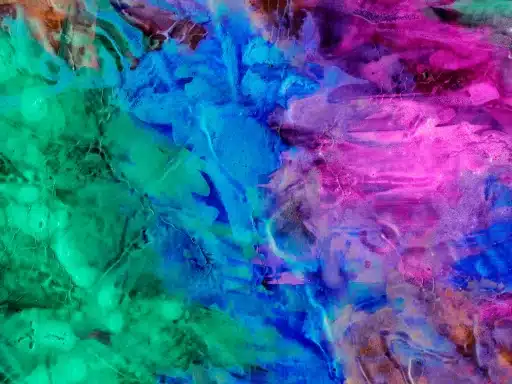Introduction to Urban Dictionary
In today’s digital age, the way we communicate is evolving rapidly. One significant contributor to this evolution is Urban Dictionary, an online dictionary that defines slang, colloquialisms, and modern terms. Established in 1999, Urban Dictionary has become a cornerstone of internet slang, capturing the ever-changing nuances of contemporary languages spoken in urban settings.
What Makes Contemporary Slang “Fab”?
The term “fab” itself is an abbreviation of the word “fabulous,” which has transitioned from a traditional adjective to a multifaceted slang expression. In many contexts, saying something is “fab” can mean it’s fashionable, awesome, or generally fantastic.
Understanding what makes slang terms like “fab” so compelling involves exploring their origins, how they spread, and their impact on culture.
The Evolution of Urban Language
Urban language constantly evolves, influenced by various factors such as social media, music, and the interactions among diverse cultural groups.
- Social Media’s Influence: Platforms like Twitter and TikTok enable users to share and popularize slang rapidly.
- Music Industry: Genres like hip-hop and pop introduce and amplify terms like “fab” through lyrics and artist interactions.
- Cultural Exchange: Glocalization leads to the blending of languages and cultural expressions.
How Urban Dictionary Defines “Fab”
When looking up the term “fab” on Urban Dictionary, you will often encounter several definitions, with user-generated examples illustrating its use:
- Example Definition: “Fab” is often used by fashion enthusiasts to describe a stunning outfit. For instance, “That dress is so fab; you should wear it to the event!”
- Another Usage: It can signify high-energy excitement, like in, “That party was absolutely fab!”
Case Studies: The Impact of Slang on Communication
Let’s explore a couple of case studies that showcase how slang terms like “fab” have influenced communication:
Case Study 1: Fashion Communities
In online fashion communities, the term “fab” plays a crucial role in guiding trends and styles. Influencers often use it to describe clothing or accessories, leading to widespread adoption:
- Social Media Campaigns: Fashion brands promote their new arrivals using hashtags like #FabFashion, which garners engagement and influences purchases.
- User Engagement: Users respond to posts with comments like, “That outfit is fab!” creating a sense of belonging and endorsement.
Case Study 2: Youth Culture and Identity
Among youth culture, using slang like “fab” fosters connection and community. Groups often adopt new slang as part of their identity:
- School Settings: Teens use “fab” in everyday conversations to express admiration. A student might say, “Your math project is fab!” which builds camaraderie.
- Peer Influence: When one individual popularizes the term in a group, it cascades, further embedding the term in casual dialogue.
Statistics on Slang Usage
To understand the prevalence of slang and its impact, consider the following statistics:
- According to a 2022 survey by Pew Research Center, over 85% of teenagers report using slang in daily conversations.
- Analytics from Urban Dictionary suggest that terms like “fab” have seen a 200% increase in usage over the past five years.
- Recent studies indicate that 60% of adults recognize at least one modern slang term from popular media or culture.
Conclusion: The Future of Slang and Urban Dictionary
As language continues to evolve, terms like “fab” will likely find new meanings and contexts. Urban Dictionary will remain a critical platform for documenting these changes, reflecting society’s attitudes, identities, and cultural shifts.
Whether used in fashion, friendships, or social commentary, understanding and utilizing young, dynamic language enhances communication, making it not just effective but also engaging. As we delight in the fabness of our urban vocabulary, we contribute to the rich tapestry of language that binds communities and individual expressions alike.






